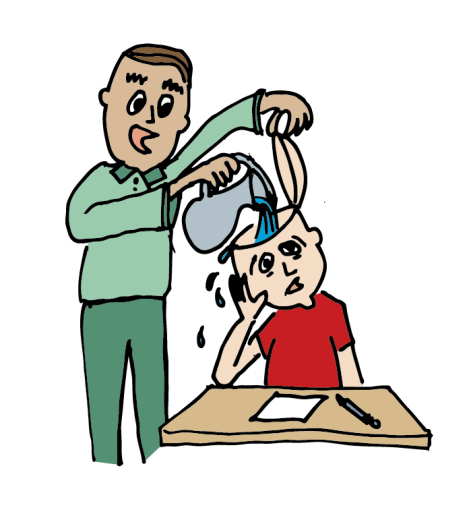
What is passive learning

Passive learning is an instructional method in which learners receive information and knowledge without actively participating in the learning process. In this approach, learners are more passive recipients of information rather than active participants who engage with and apply the material.
Here’s a more detailed explanation of passive learning:
- Lecture-Based Instruction: In passive learning, lectures are often the primary mode of delivering information. The instructor presents information, and students listen and take notes.
- Limited Interaction: Interaction between the instructor and students, as well as among students themselves, is minimal. Students might have limited opportunities to ask questions or engage in discussions.
- One-Way Communication: The flow of information is predominantly one-way, from the instructor to the students. This can lead to a lack of engagement and interaction.
- Emphasis on Memorization: Passive learning tends to focus on memorization and rote learning, where students memorize facts or concepts without necessarily understanding or applying them.
- Limited Critical Thinking: Since students aren’t actively engaging with the material, critical thinking and deeper understanding might be limited. They may struggle to connect concepts to real-world applications.
- Less Retention: The retention of information learned through passive methods can be lower compared to active learning approaches where students are actively involved.
- Minimal Application: Passive learning methods may not provide opportunities for students to apply what they’ve learned to solve problems or real-life situations.
- Boredom and Disengagement: Passive learning can lead to boredom and disengagement, as students might find it challenging to stay focused during long lectures or reading sessions.
- Dependency on Instructor: Students might become dependent on the instructor for explanations and guidance, rather than developing independent learning skills.
- Lack of Participation: Students might be less likely to participate actively in the learning process, leading to a lack of ownership and motivation.
It’s important to note that while passive learning methods have their place, a more balanced approach that incorporates active learning, discussions, and practical application can lead to better comprehension, critical thinking, and retention of knowledge. Many modern educational approaches emphasize a shift from passive to active learning to enhance students’ engagement and overall learning outcomes.